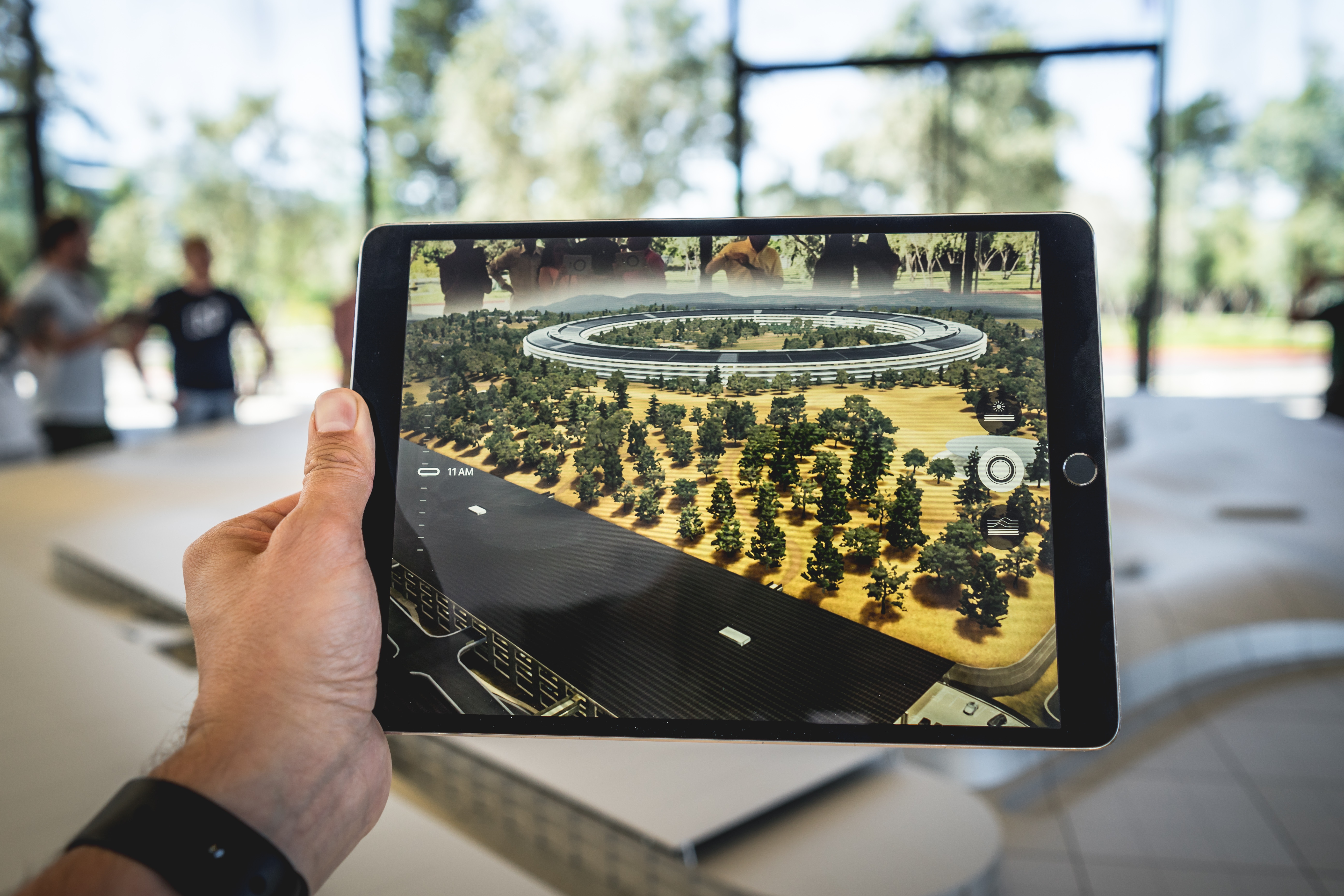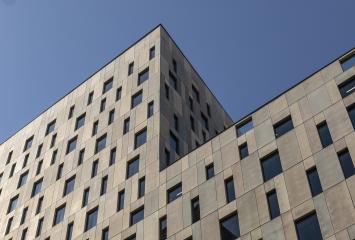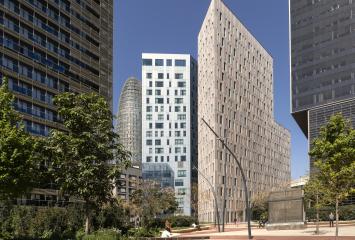Augmented reality in the market of office spaces
To virtually experience spaces and situations in a realistic way is becoming possible for a large part of society. Years of research in technologies such as virtual reality and augmented reality allow more and more users to enjoy its practical applications. This, for example, occurs in the real estate sector, where the application of new technologies to the traditional practice of the business is known as Proptech.
Augmented reality (AR) is a set of technologies that allows us to visualize virtual elements overlaid on what we see. It is different from virtual reality because, unlike it, it does not provide an immersive experience, nor needs a helmet or special glasses to be experienced. Augmented reality works through electronic devices that, at the reception of certain data ─triggered, for example, by QR codes─ add new graphic information overlaid on what the user is currently watching.
Application of augmented reality to the real estate sector
What real applications does augmented reality have in the real estate sector? The first and more obvious is that it can become a great ally when it comes to market real estate spaces. Until now, many spaces were marketed off-plan: the user could consult the project’s 3D images and little else. Now, augmented reality provides a much more complete user experience by offering visual representations of the building from inside already customised to match the taste and needs of the company interested in establishing there.
Another application of augmented reality in the real estate sector would be the marketing of empty offices. Through an electronic device, the salesperson would only have to focus on the desired area or object to offer some more information about it; not only to suggest a specific design of spaces or a particular decoration, but also to show the inner workings of the building. By framing, for example, the roof, the electronic device would launch an augmented reality short sequence that would show how the different building systems act to save supplies such as water and energy.
Information on security systems, on the actual capacity of each zone, on which kind of vegetation can be found in green areas or about the elevators’ maintenance date could be checked through the use of augmented reality.
In short, the usage of augmented reality in the marketing of office spaces would speed up decision making and would save resources in the rental process, in addition to substantially improve the user experience.


